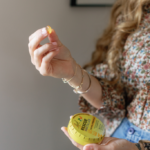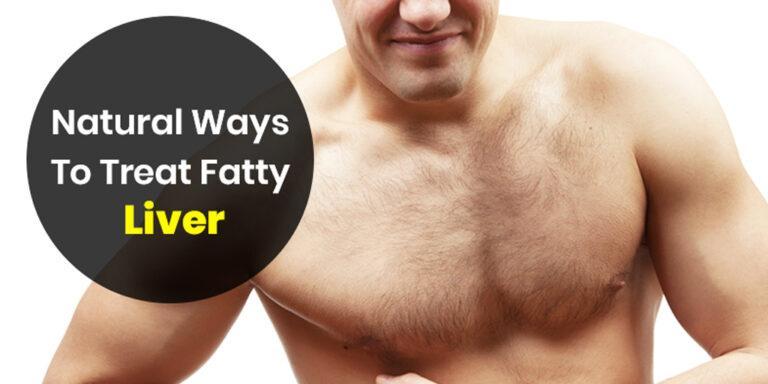For centuries, humans have searched for the fountain of youth. But according to recent research, the fountain of youth isn’t some water with magic properties — instead, it seems there is power in the blood … human blood.
Gen Magazine — a publication dedicated to genetic engineering and biotechnology — described how young blood can slow the aging process:
Heterochronic parabiosis (HPB) is a state where two living animals (one young and one old) develop a single, shared circulatory system because they are surgically joined together. HPB has been shown to functionally rejuvenate certain mouse tissues. However, its overall impact on biological age and long-term health is unknown.
Parabiosis dates back to French experiments from the 19th century, according to New York Times science columnist Carl Zimmer. He notes that studies surrounding parabiosis “went through a renaissance.” James White, a Duke University School of Medicine cell biologist, has led the charge in producing anti-aging research. (READ MORE: Who Wants to Be Treated by an Affirmative Action Doctor?)
“For several years, Dr. White and his colleagues have been tweaking parabiosis procedures in mice to better understand the anti-aging effects,” Zimmer writes. “The scientists joined an old and young mouse together for about three months — twice as long as typical parabiosis experiments — before carefully detaching them.”
After the scientists separated the mice, the older mice lived about 10 percent longer than the control mice. On the other hand, the younger mice aged significantly during their connection to the older mice.
Practical and Ethical Concerns with Anti-Aging
These results, as exciting as they were, happened but once. In previous experiments, the older mice failed to live any longer, highlighting the need for more research and experimentation. Furthermore, the ethics of this type of anti-aging experimentation — the equivalent of attaching a child to a septuagenarian for three months — are no small concern.
Naturally, people hope transfusion will also work for humans — that plasma from young people could significantly reduce the diseases and discomforts that accompany aging.
According to Newsmax:
In 2017, a California-based startup called Ambrosia began selling the liquid component of young blood for transfusions at $8,000 a liter. Although Ambrosia shut down after the Food and Drug Administration issued a warning about the technology in 2019, research in this area has continued and is yielding exciting results.
Ambrosia was not the only company to tout the anti-aging benefits of young blood. An NBC News article from February 2019 discusses another company, the Maharaj Institute, that hopes to market the purportedly life-extending benefits of youth-derived plasma:
Other medical establishments, such as the Maharaj Institute in Florida, have started expensive clinical trials and openly discussed plans to charge patients for transfusions of plasma from young donors. In fact, people considering enrolling said they had been told they would have to pay $285,000, STAT reported last March.
Doctors such as Dr. Vadim Gladyshev, co-author of the new study, also expressed concerns about the intersection of unknown efficacy and dubious ethics.
“Dr. Gladyshev did not see the new study as a justification for getting shots of young human serum,” Zimmer writes. “For one thing, he and his colleagues have no idea which factors make up the life-extending cocktail for mice, let alone people. For another, injections are a far cry from being joined up to another animal for months.”
The Danger of Desperation
Other doctors fear extortion from “desperate” patients.
“I also have concerns about ‘for pay’ sites that encourage participation by patients who are not aware of the risks and can be desperate for a cure,” neurologist Dr. Sharon Sha said.
The benefits of the experiment — retarding the effects of aging — do not outweigh the costs. What exists is the tantalizing suggestion of longer lives. No matter how sparse the research suggesting anti-aging to be safe, healthy, or even viable for mice — let alone humans — there will be those willing to do or say anything for more days and years. The study is a cautionary tale and possible breakthrough, but more than that, it’s a reminder of man’s inability to accept his mortality.
Elizabeth Crawford is a rising senior at Hillsdale College studying politics. A member of The American Spectator’s 2023 intern class, Elizabeth enjoys drinking good tea and plans to pursue a career in journalism.
READ MORE:
This content was originally published here.





















